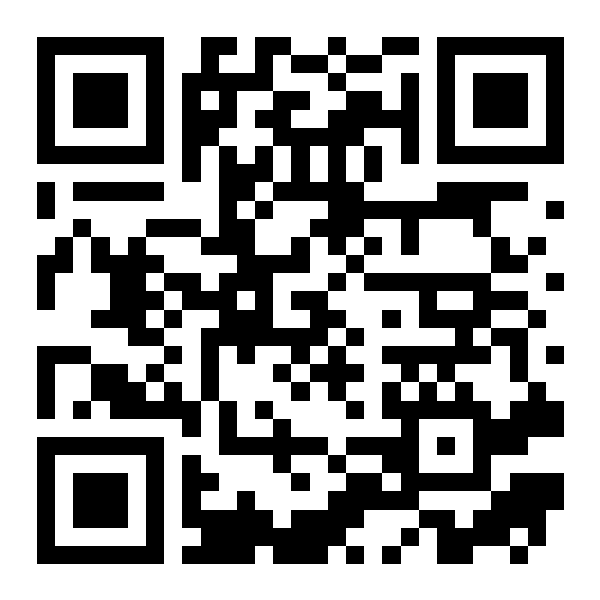The Silicon Valley Unicorn that pioneered the first on-chain IPO channel, Figma's Aesthetic


On July 31, the Silicon Valley design software giant will officially go public on the NYSE, underwritten by top-tier investment banks including Morgan Stanley, Goldman Sachs, Allen & Company, and JPMorgan, making it one of the most anticipated tech stock IPOs of 2025.
In the Form S-1 filing submitted by Figma ahead of its IPO, a sentence caught our attention: the company has been authorized to issue "Blockchain Common Stock." Globally, this practice is still relatively rare.
In fact, this is not Figma's first interaction with the crypto world. Previously, they had included a BTC ETF on their balance sheet. Figma's founder, Dylan Field, is also one of the few Web2 entrepreneurs who paid attention to Crypto trends very early on. Therefore, this is not an opportunistic attempt, but rather an expression of long-term optimism towards Crypto.
The world's most cutting-edge companies are proving through their actions that they are gradually embracing blockchain technology. We should not underestimate this change. We want to reexamine this company from a more unique perspective: not only its valuation and growth trajectory, but also its product philosophy and capital structure design.
And all of this inevitably revolves around one person—Dylan Field.
Who is Dylan Field?
In Silicon Valley, almost every successful-enough founder has to learn one thing: Becoming the Face of your company.
It's a face that knows when to speak and when to be silent; a face accustomed to the spotlight; a face that can say, "We are changing the world" into the camera. Sometimes, people's familiarity with this face even surpasses their memory of the product he founded.
Dylan Field does not belong to this category.
At first glance, it's hard to match him with the "Figma founder."
He is slightly chubby, dresses casually, used to have slightly long curly hair, resembling Leonard without glasses from "The Big Bang Theory."
He actually used to be an actor.
The first time he stepped onto a stage in his life was at the age of five. It was in a small theater troupe in California, in a theater converted from an old church, with flickering lights and falling background cloths. He was not chosen because of his outstanding appearance, but because he "could sit quietly and recognize words."
In the following years, he intermittently took on many performances, had his own agent in both the Bay Area and Los Angeles, and even appeared in ads for eToys and Windows XP.
His stint in the "entertainment industry" came early and ended early, but it subtly influenced his life.
While other kids saw the stage as a path to stardom, what Dylan remembered was how everyone backstage would tacitly switch places, move around, and cue each other during rehearsals. He said that was the first time he experienced the "power of collaboration"—not how well one person performed, but whether everyone could be in the same space, hit the same rhythm, and put on a show together.
This subtle clue threaded through the rest of his life.
In high school, he started dabbling in programming, using Dreamweaver to help friends with websites. He wasn't like those teenage prodigies in the Silicon Valley myth who created apps at age sixteen or blogged about "how to build a blockbuster product in three days." Later, he enrolled at Brown University, where he explored other paths. He took some political science courses, considered pursuing a legal career, and even contemplated returning to the entertainment industry.

During his junior year, he met Evan Wallace, who would later become the other co-founder of Figma.
Wallace was his classmate, a WebGL enthusiast who had created a browser rendering demo called Water—rippling water that flowed smoothly and naturally, hailed by WIRED as one of the "most impressive WebGL demos."
Dylan was deeply impressed. But what drew him in wasn't just the visual aspect; it was the underlying logic: If graphics could seamlessly render in a browser, could design happen in a browser too? Could it be collaborative?
What he envisioned was that feeling from his days of theater rehearsal—where you take a step forward, and I respond in kind. Could design be like a performance, no file transfers needed, no version mismatches, but multiple cursors synchronizing on a page, flowing together like in a rehearsal and show?
In an era where everyone talked about growth hacking, viral formulas, and exponential propagation, this narrative sounded far from "Silicon Valley."
However, many years later, Figma became a collaboration platform valued at over a hundred billion dollars and eventually took to the IPO stage.
In an era that encourages swinging for the fences and betting on narratives, why did Dylan Field, with Figma in hand, become the last man standing?
The Entrepreneur Away from the Limelight
Let's go back to 2012, when Dylan Field received the "Thiel Fellowship Scholarship" founded by Paypal co-founder Peter Thiel, becoming one of the 20 "young people allowed to drop out."
At 20 years old and on a leave of absence from Brown University, he received a $100,000 grant and rented a studio in Silicon Valley to prepare for entrepreneurship. However, at that time, he didn't know exactly what he wanted to do.
It's not that he lacked ideas, but rather, none of his ideas seemed to materialize. Drone-based traffic monitoring, graphic editing, animation generation... during that period, he could only experiment and speculate, trying to figure out his strengths and find a truly viable direction.
Dylan rarely brings up these failures. He is not the type to turn failures into turning points, nor is he interested in packaging early chaos as some kind of "inevitable path to growth." He simply took note of the problems and kept moving forward.
One thing he never gave up on was whether the browser platform could support more complex collaboration behaviors.
This thought was planted during his internship at Flipboard. During the internship, he experienced for the first time that the on-screen interface could be as smooth and elegant as a printed magazine. After that, he started to ponder: if the reading experience could be redesigned, could the collaboration experience also be redesigned?
That wasn't a trending direction. During those years, the focus was on mobile, the App Store was booming, the ride-hailing wars were heating up, and growth hacking became a buzzword for investors. The browser seemed outdated, and collaboration was not a term that could tell a high-valuation story.
He didn't follow the trend but instead delved into "collaboration experience": how people work together, could that logic be transferred to the browser? Could it be designed like a system?
Although their direction was not yet fully defined at that time, after numerous discussions and trial-and-error attempts, the word "collaboration" had become the logical starting point for their entrepreneurship, and all ideas revolved around "collaboration." Like in a childhood theater performance, everyone was in the same space, stepping to the same rhythm, to put on a show.
Subsequently, they gradually narrowed down their focus, starting to build the structure of Figma step by step around "browser + real-time collaboration + UI design."

Dylan was not the kind of person who could see the "endgame" early on. He didn't proclaim a Mars plan from Day 1 like Elon Musk, nor did he sketch out a series of "closed-loop" ecosystems in a pitch deck like many entrepreneurs. He was more like someone starting to doodle lines in the middle of a blank sheet of paper, only to realize that these lines unexpectedly formed a treasure map.
There was an interesting coincidence: two years after Dylan received the Thiel Fellowship, Ethereum's founder Vitalik Buterin also received the Thiel Fellowship.
Vitalik went to the blockchain, redesigning protocols; Dylan stayed in the browser, redefining collaboration. Two systemists entered the digital world through different gateways, attempting to answer, in different ways, that age-old question: How can we work together?
However, Dylan did not have a groundbreaking moment like Vitalik.
He didn't have a stunning theory or ride any wave. He just diligently pondered a question: Why can't software design collaborate like the Web? Why rely on files, version numbers, back-and-forth exchanges? Why has no one changed this?
These questions aren't sexy, don't tell a compelling story, and are hard to pitch to investors. But he felt that someone had to address them. That was why he stayed, and that was why Figma was born.
...
Read the full article on the Beat News WeChat Official Account
Welcome to join the official BlockBeats community:
Telegram Subscription Group: https://t.me/theblockbeats
Telegram Discussion Group: https://t.me/BlockBeats_App
Official Twitter Account: https://twitter.com/BlockBeatsAsia


 Forum
Forum Finance
Finance
 Specials
Specials
 On-chain Eco
On-chain Eco
 Entry
Entry
 Podcasts
Podcasts
 Activities
Activities
 OPRR
OPRR








